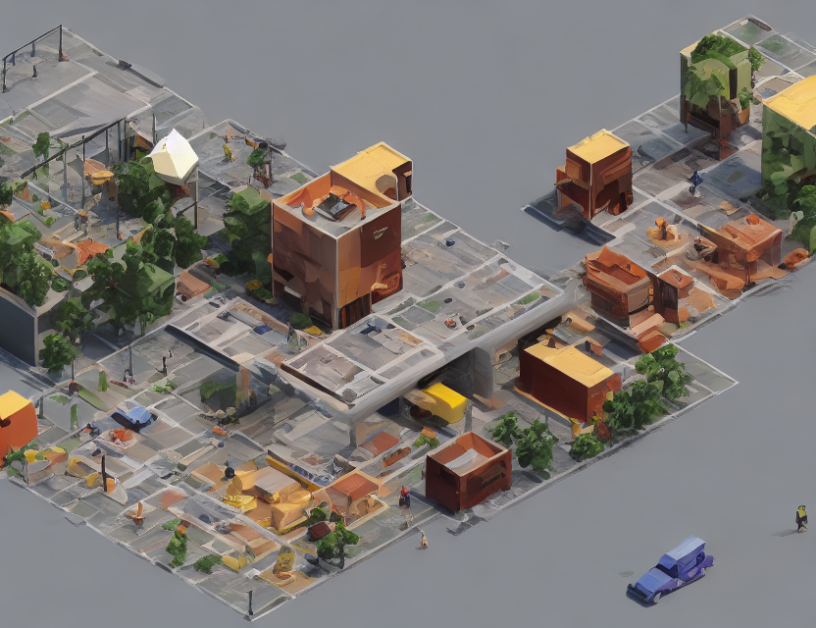In this paper, the authors explore few-shot relation extraction, a task that involves classifying relations between entities with only a limited amount of labeled data. They propose an approach called prototypical networks, which are inspired by the success of few-shot learning in image classification tasks. The key idea is to train a model to predict a set of prototypes for each relation, which can be used to classify new sentences into their corresponding relations.
The authors build on previous work that has shown promise in improving few-shot relation extraction performance by incorporating attention mechanisms. However, they argue that these approaches are limited by relying solely on information from sentences and fail to leverage external relation label information. To address this issue, they introduce a new dataset called FewRel 2.0, which includes both sentence-level and relation-level information.
The authors evaluate their approach on several benchmark datasets and show that it achieves state-of-the-art performance compared to other few-shot relation extraction methods. They also analyze the effect of different components of their model and provide insights into how they contribute to the overall performance.
Overall, the paper provides a thorough exploration of few-shot relation extraction and demonstrates the effectiveness of prototypical networks in this task. The proposed approach has important implications for natural language processing tasks that require limited labeled data, making it an exciting development in the field.
Computation and Language, Computer Science
Improving Entity and Relation Understanding via Contrastive Learning



